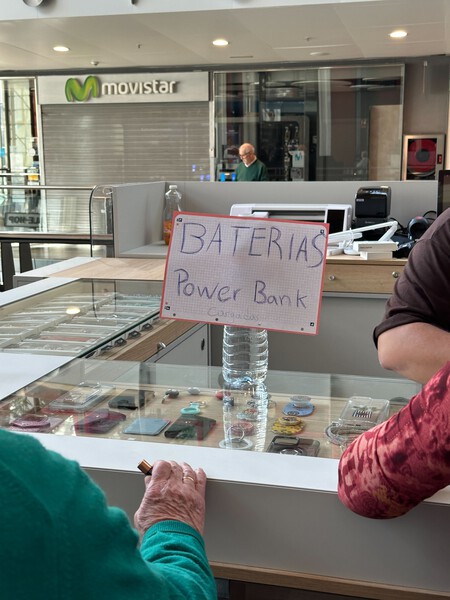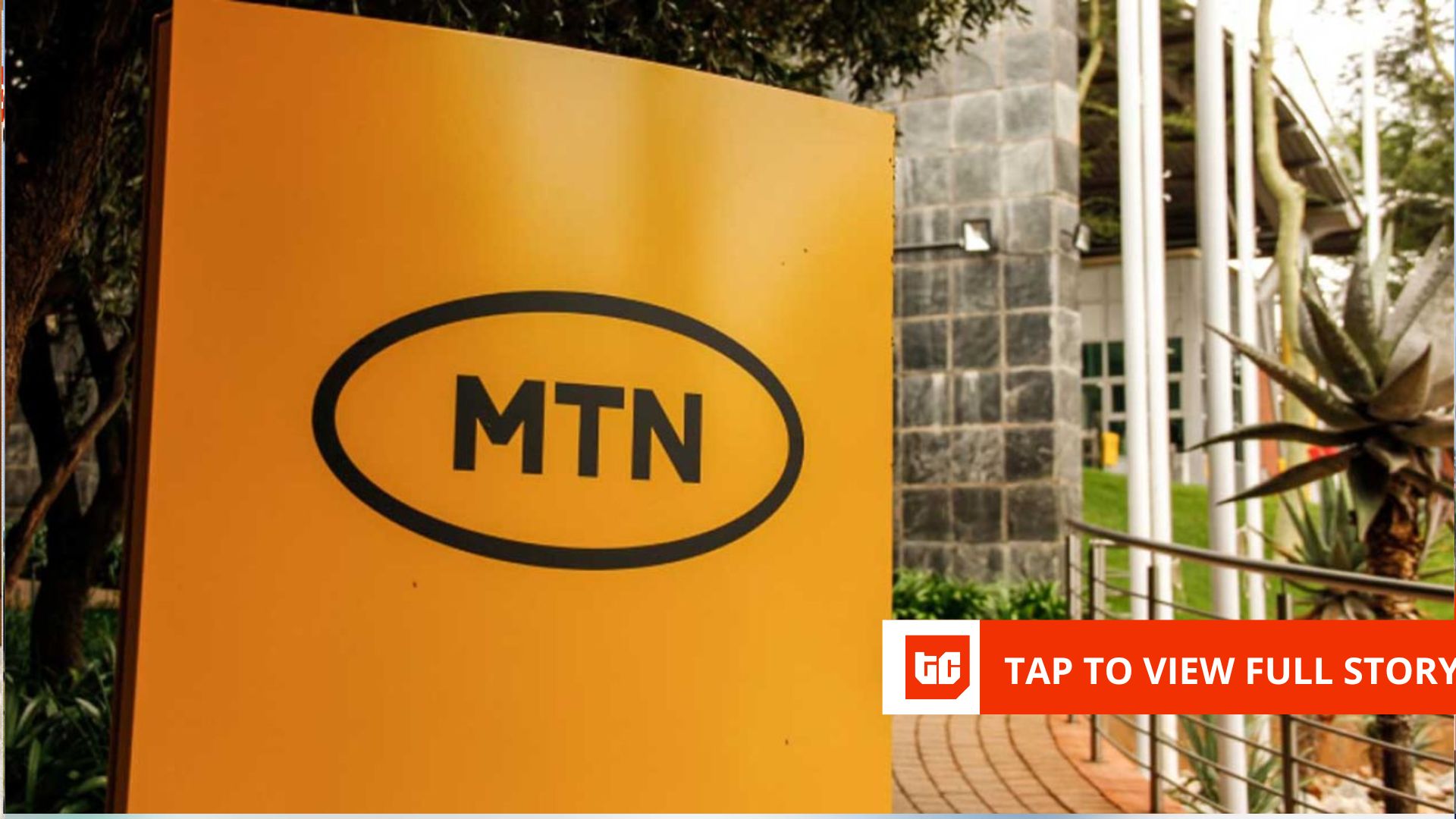On March 26, the European Commissioner for Crisis Preparation and Management shared a video in which she detailed the elements that should include a survival kit. Yesterday, March 28, there was something unusual in Spain: a blackout that paralyzed the country.
60% of all the energy in the country vanished in a few seconds and, although security systems came into action, it was not well into the night when light, coverage and tranquility again opened the Peninsula again.
And what accompanied us in moments of loneliness and darkness were the technologies of the twentieth century that we thought surpassed.
Twentieth century technologies to the rescue of the blackout
In the preparationist kit, the European commissioner detailed that we had to have elements such as the identity document, cash, a flashlight, a lighter, a knife, a power bank, a radio, water and some food. The idea is to be able to survive for 72 hours with them, but although it is complicated (or that we hope) that a blackout like this Monday is repeated again, the truth is that it is not so bad idea to have a kit of this style at home.
The reason? They were technologies that we believed obsolete those that helped us many during the night And, eye, during meals. There are elements of the EU kit that would help us little in this situation, but beyond that ‘backpack’, it would be interesting to have another preparation with certain basic elements for a blackout, last a few hours or paralize a country, like yesterday.
Our recommendation would be as follows:
- Batteries – A basic. When it was confirmed that the situation was going for long, you could see tails in Chinese hardware stores and bazaars to get this type of batteries. They came to see posters warning about the availability of batteries in some shops and it is evident that they became an indispensable element for many to rescue another object they had in the drawer. Having a package of batteries at home is not a bad idea and they can also be rechargeable as long as we have the forecast to leave them loaded in case anything happens.


Foto | Andrés Mohorte, WorldOfSoftware
- Flashlights – The ideal companions of the batteries. It is ‘easy’ to have a flashlight at home, but it is also likely that many do not even know where it is. Having a flashlight that works in batteries, and not only by battery, is a good idea in these situations, but there are variants. For example, round light points based on a surface. Also what I used in my house: LED spotlights that I use for photography, but that go with their own batteries, last hours and give a lot of light even at the lowest level.
- Radio – The element that accompanied many yesterday. A small radio that works in batteries better than with drums, since it will not consume resources of a Power Bank that we can use on the mobile and other elements. And it is something that reflected a lack that important mobiles have. You can go to the mobile looking for a radio app and you will find that, in their vast majority, they no longer have radio. Some old ones that we had at home may include it, but after this, and although it will only be used once or twice in life, it is clear that manufacturers should not cut something like that.

- Camping gas – Those three elements are the basics that EU recommends and allow us to be informed and enlightened, but … What happens to food? The ‘vitro’ and the induction system became useless, but if you do not have a butane or gas kitchen, perhaps it would be interesting to have a gas camping system. Yes, it sounds like a spectacular pot, but there are kits that, with a ridiculous size and good design, allow us to save it in a ridiculous space and be prepared to cook during a blackout. You have to Buy some gas bottles, of course, but the set occupies little space and is useful even to cook certain dishes at home even if you have light. And a lighter or matches is not a bad idea either.


- Greenhouses – This blackout has caught us with temperatures that exceed 20º in many parts of the Peninsula, but a conversation I had was “less bad that it did not catch us in the middle of winter.” If we have butane or propane, there are heaters who occupy little and connect directly to the bottle. But there are also small heaters such as the Gas Camping that are more autonomous by not needing a bottle to work.
- SAI / Power bank – Having one, or several, Power Bank at home is not a bad idea. Not before a blackout, but before any type of long trip. Having some little ones for the mobile and a bigger and more powerful that, even, can feed a laptop or simply have more capacity to load mobiles, it is a good idea. And, if you work at home, perhaps something like a SAI (uninterrupted food system) is not a bad idea. It is like a giant Power Bank that gives you the option to safely turn off your PC and there are USB models that allow us to load many devices thanks to both their capacity and its power.

Having these elements is something that makes us more enjoyable those hours of blackout. And it seems a lie, but I, who had not turned to the radio for years, I was glad when I could start an old mobile with FM radio. And I also had many batteries at home, but nothing useful in introducing them.
Lesson learned.
Princincop image | Ricardo Aguilar
In WorldOfSoftware | After the blackout, Adif has a problem on its ways: three “lost” trains in remote states of the network











